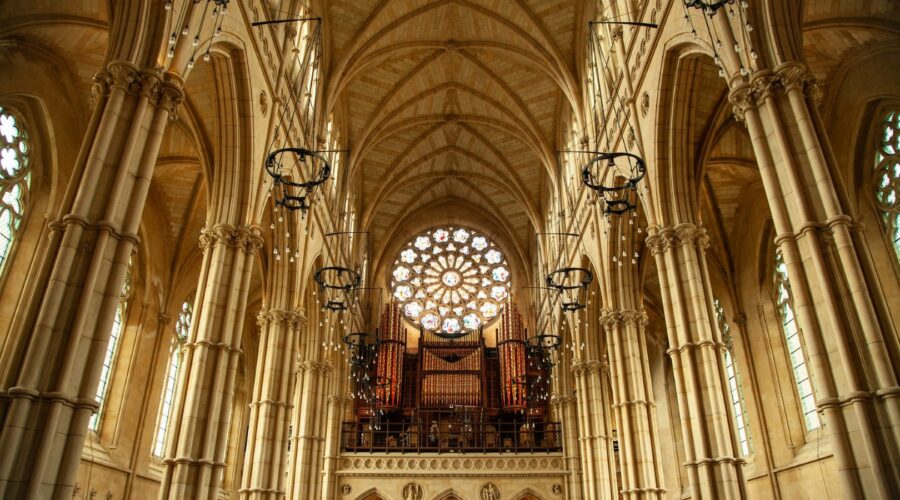Your cart is currently empty!
Saint Mark: The Evangelist and Patron Saint of Venice

Introduction
Saint Mark, one of the four evangelists, played a pivotal role in the spread of Christianity. He is revered as the patron saint of Venice and his symbol, the winged lion, can be seen throughout the city. This blog post explores the life, works, and legacy of Saint Mark, shedding light on his significance in both religious and cultural spheres.
Life and Mission
Early Life and Discipleship
Saint Mark was born in Cyrene, North Africa, around the year 5 AD. Little is known about his early life, but it is believed that he was a Jewish convert to Christianity. He became a disciple of Saint Peter and accompanied him on his missionary journeys.
Writing the Gospel of Mark
Mark is traditionally attributed as the author of the Gospel of Mark, the shortest and oldest of the four Gospels. The Gospel provides a vivid account of Jesus’ life, ministry, death, and resurrection. It is believed that Mark wrote his Gospel in Rome around 65 AD, reflecting the experiences and teachings of Saint Peter.
Patronage of Venice
Arrival of Saint Mark’s Relics
In 828 AD, Venetian merchants smuggled the relics of Saint Mark from Alexandria, Egypt, to Venice. The relics were placed in the newly built Basilica di San Marco (Saint Mark’s Basilica), which became a symbol of Venetian power and prestige.
Saint Mark as Patron Saint
Saint Mark was adopted as the patron saint of Venice, and his symbol, the winged lion, was incorporated into the city’s flag and coat of arms. The winged lion represents the strength and courage of Venice, as well as the city’s connection to Saint Mark and the sea.
Legacy and Veneration
Impact on Christianity
Saint Mark’s Gospel has had a profound impact on Christian theology and practice. Its vivid narrative and emphasis on Jesus’ humanity and divinity have contributed to shaping Christian beliefs and understanding of the faith.
Artistic and Cultural Heritage
Saint Mark has been depicted in numerous works of art, including paintings, sculptures, and mosaics. His image can be found in churches, cathedrals, and public spaces around the world. The Basilica di San Marco in Venice is a testament to the enduring legacy of Saint Mark and the artistic heritage inspired by his life and mission.
Feast Day and Celebrations
Saint Mark’s feast day is celebrated on April 25th. In Venice, the day is marked by grand processions and festivities. The city’s canals are filled with boats, and the Piazza San Marco is transformed into a vibrant marketplace.
Conclusion
Saint Mark, the evangelist and patron saint of Venice, has left an enduring legacy on both the religious and cultural landscape. His Gospel provides a vital account of Jesus’ life and teachings, while his patronage of Venice has shaped the city’s identity and artistic traditions. Saint Mark’s life and mission continue to inspire and guide Christians and art enthusiasts alike, ensuring his continued relevance and veneration throughout the ages.
| Attribute | Details |
|---|---|
| Birth | Around 5 AD, Cyrene, North Africa |
| Occupation | Evangelist, missionary |
| Major Work | Gospel of Mark |
| Patronage | Venice |
| Symbol | Winged lion |
| Feast Day | April 25th |